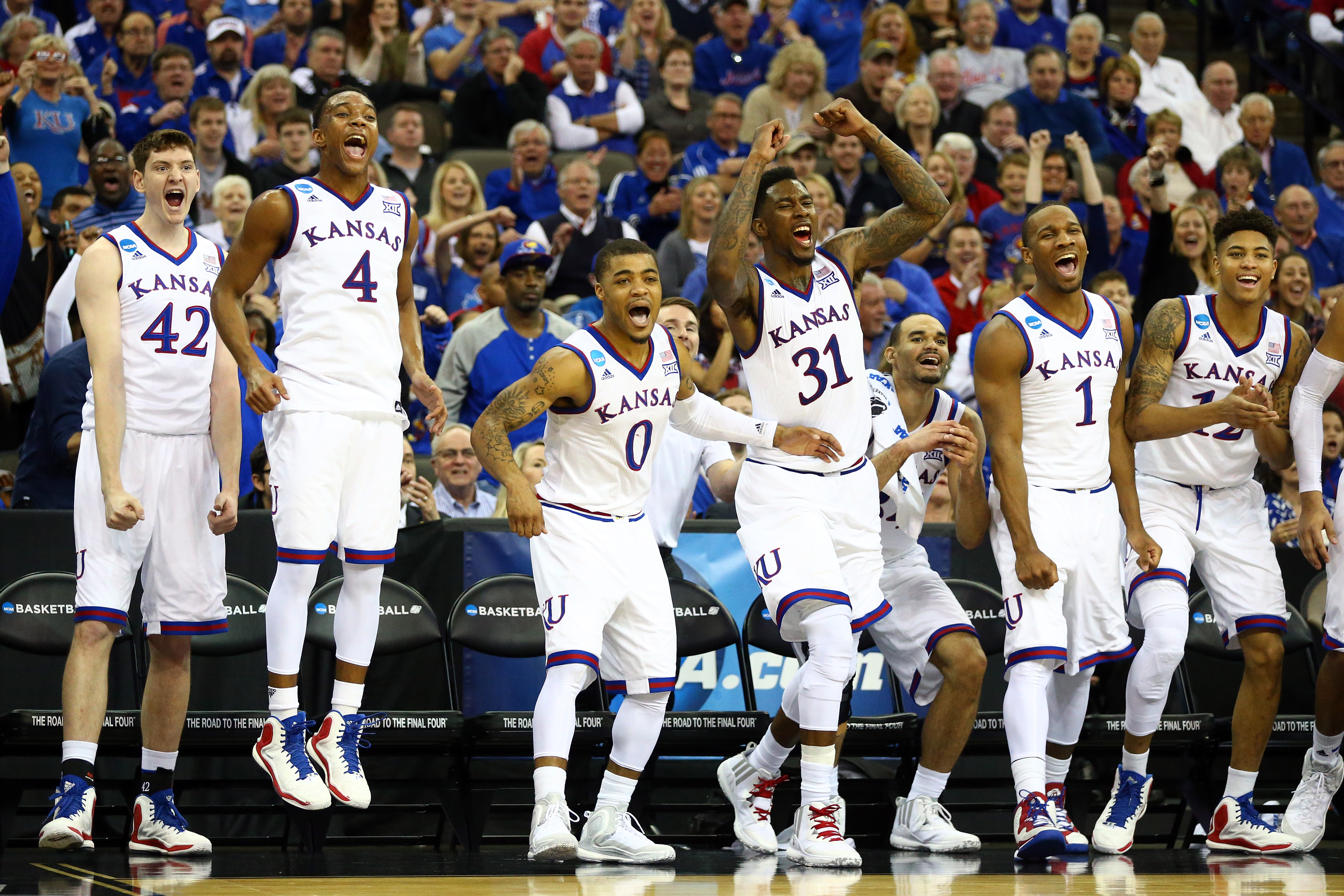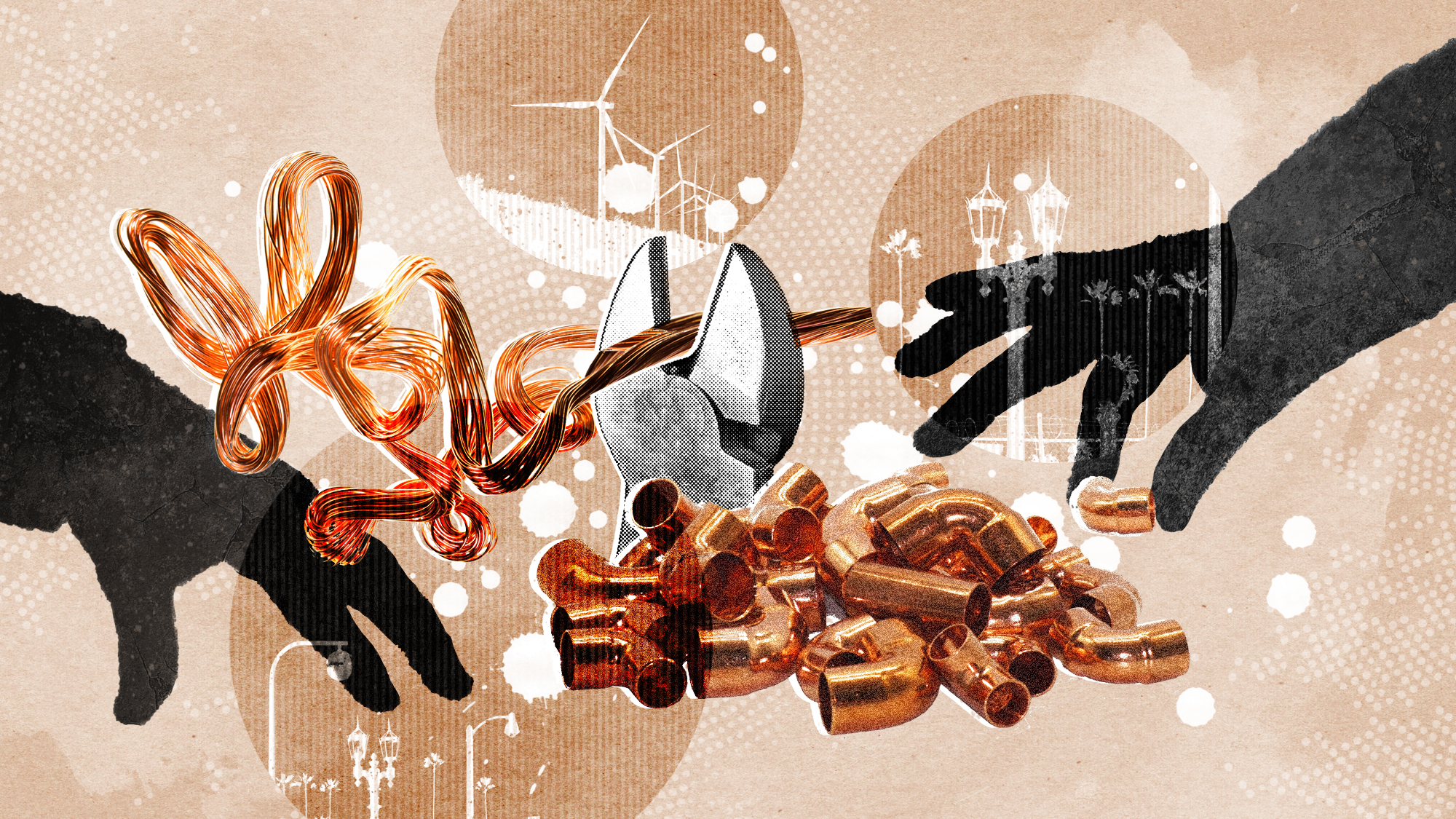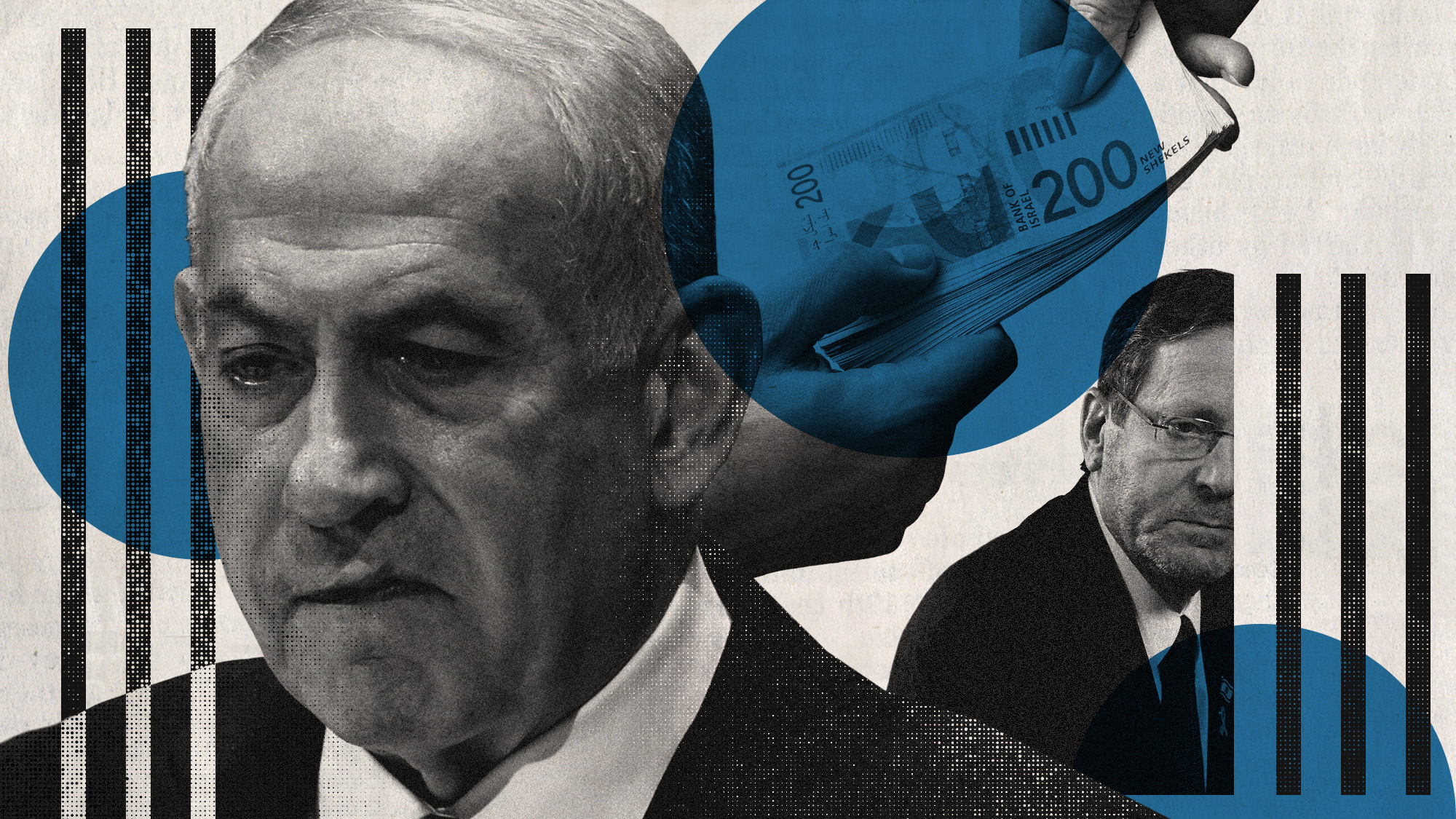The joy of March Madness bracketology
Here's to the Cinderellas, the goats, the bracket-busters and buzzer-beaters


The odds of picking a perfect NCAA basketball tournament bracket are reportedly in the vicinity of 1 in 9.2 quintillion, which make the 1 in 14 million odds of winning the lottery seem like an attainable goal.
I was in grade school the first year I paid attention to March Madness, and I was permanently hooked to the joy of competitive science, the thrill of low-stakes gambling, the anxiety of competing for bragging rights, as well as the Cinderellas, goats, bracket-busters and buzzer-beaters.
The year was 1990 and it was a great tourney, one commentators love to wax poetic about to this day.
The Week
Escape your echo chamber. Get the facts behind the news, plus analysis from multiple perspectives.

Sign up for The Week's Free Newsletters
From our morning news briefing to a weekly Good News Newsletter, get the best of The Week delivered directly to your inbox.
From our morning news briefing to a weekly Good News Newsletter, get the best of The Week delivered directly to your inbox.
The evil Duke dynasty of the Christian Laettner era was ascendant but not yet dominant. Towel-chomping University of Las Vegas (UNLV) coach Jerry Tarkanian and his soon-to-be scandal-plagued Runnin' Rebels were poised to run the table. But it was a Jesuit school from West Los Angeles that stole hearts from coast to coast.
Eleventh-seeded Loyola Marymount University (LMU), inspired/haunted by the sudden death of their best player, Hank Gathers, who collapsed on the court during a game a week before the tournament kicked off, valiantly fought their way into the Elite Eight that year. Though their run concluded with a thumping by eventual champ UNLV, the most eternally memorable moment of that tournament took place in the early moments of the first round.
LMU shooting guard Bo Kimble, a natural righty, stepped to the free throw line and took a left-handed foul shot as a tribute to the fallen Gathers, his best friend since high school. I was just a kid when I saw this, but was able to grasp at its profundity. More than two and a half decades later, and having lost a number of friends far too young, watching Kimble's dignified memorial on YouTube moves me far more than any minute of grainy basketball footage has a right to.
A love affair with a unique brand of American sports mania was born. I was hooked by the beautiful chaos of 63 single-elimination games played by outstanding athletes, nearly all of whom would never be paid a dime for their efforts.
A free daily email with the biggest news stories of the day – and the best features from TheWeek.com
That said, I had no idea what I was doing when I filled out my inaugural bracket with a yellow highlighter in the blank spaces of a pull-out poster my father ripped from the middle pages of a New York tabloid. He explained that you don't need to know anything about college basketball to pick a winning bracket, just don't pick 16 seeds because that's a sucker bet, and history has proven him right on both counts.
In nearly every workplace bracket competition I've ever participated, some neophyte survives a few wacky first-weekend bracket-busting upsets because they once went to a party at Florida Gulf Coast University and thus picked them to win in the first round despite being a 15 seed. Said newbie then goes on to celebrate with my beer money three weeks later on Championship Monday. But that doesn't mean I didn't have fun.
For all the legendary moments produced in The Final Four and Championship games, the real excitement happens in the first two rounds. Games are played wall-to-wall, sometimes several at a time, all around the country from morning until late night. And unlike during those days of my Paleolithic early '90s youth, when I was at the mercy of the CBS programmers who decided which game I was allowed to watch, every contest can now be watched in its entirety on both broadcast TV and basic cable. Which is great, because while the network honchos in New York might want to go with the easy revenue of airing a top-tier school on the big channel, my eyeballs will be drawn to something like 14th-seeded Northern Iowa up by three with 22 seconds to go in an opening round game. That's where the madness lies.
Opening weekend runs from Thursday morning until Sunday night. That's 48 games played in four days, which is simply a dizzying amount of drama, to say nothing of the consequences each game has on the longevity of your bracket. Though it's standard bracketology procedure for wins in later rounds to be weighted more heavily than the early rounds, your bracket basically survives the weekend or it doesn't.
Single-elimination is the component that makes March Madness mad. NBA teams can lose as many as 12 playoff games and still win the title. In the NCAA tourney, any team can be Cinderella, and in the process completely bust your bracket. If you picked Villanova to go to the Final Four as a two seed and they lose in the second round (as they often do), the next three rounds are kaput. But even if you couldn't pick the most winners out of the first round, if your potential regional winners make it out of the first weekend, there's still hope.
I'll admit, my brackets rarely stay competitive for the run of the tournament, but I find ways to keep myself as involved as possible for the entire month of March. For example, I always fill out at least two brackets, one filled with ostensibly safe choices (why fight it, just pick Duke and Kentucky and let it happen) and one filled with the March Madness equivalent of throwing pennies into a wishing well (will you ever stop breaking my heart, St. John's?).
The very nature of college sports is fleeting glory. Great teams are invariably immediately broken up before their time, as the best players almost always drop out before graduation and move on to the NBA.
The NCAA tournament serves as a reminder that there is only this moment, like in 2006 when 11th-seeded George Mason, a mid-major commuter school that punched its ticket to the tournament by winning its unsung conference and thus earning an automatic bid, did the seemingly impossible by repeatedly beating teams from college basketball powerhouse schools, all the way to the Final Four.
George Mason's run is the stuff of legend. But equally as legendary is the person whose bracket included George Mason in the Final Four. That person deserves to be remembered in the bracketology bragging rights hall of fame.
Anthony L. Fisher is a journalist and filmmaker in New York with work also appearing at Vox, The Daily Beast, Reason, New York Daily News, Huffington Post, Newsweek, CNN, Fox News Channel, Sundance Channel, and Comedy Central. He also wrote and directed the feature film Sidewalk Traffic, available on major VOD platforms.
-
 The great global copper swindle
The great global copper swindleUnder the Radar Rising prices and easy access makes the metal a ‘more attractive target for criminals looking for a quick profit’
-
 ‘They’re nervous about playing the game’
‘They’re nervous about playing the game’Instant Opinion Opinion, comment and editorials of the day
-
 Will Netanyahu get a pardon?
Will Netanyahu get a pardon?Today's Big Question Opponents say yes, if he steps down
